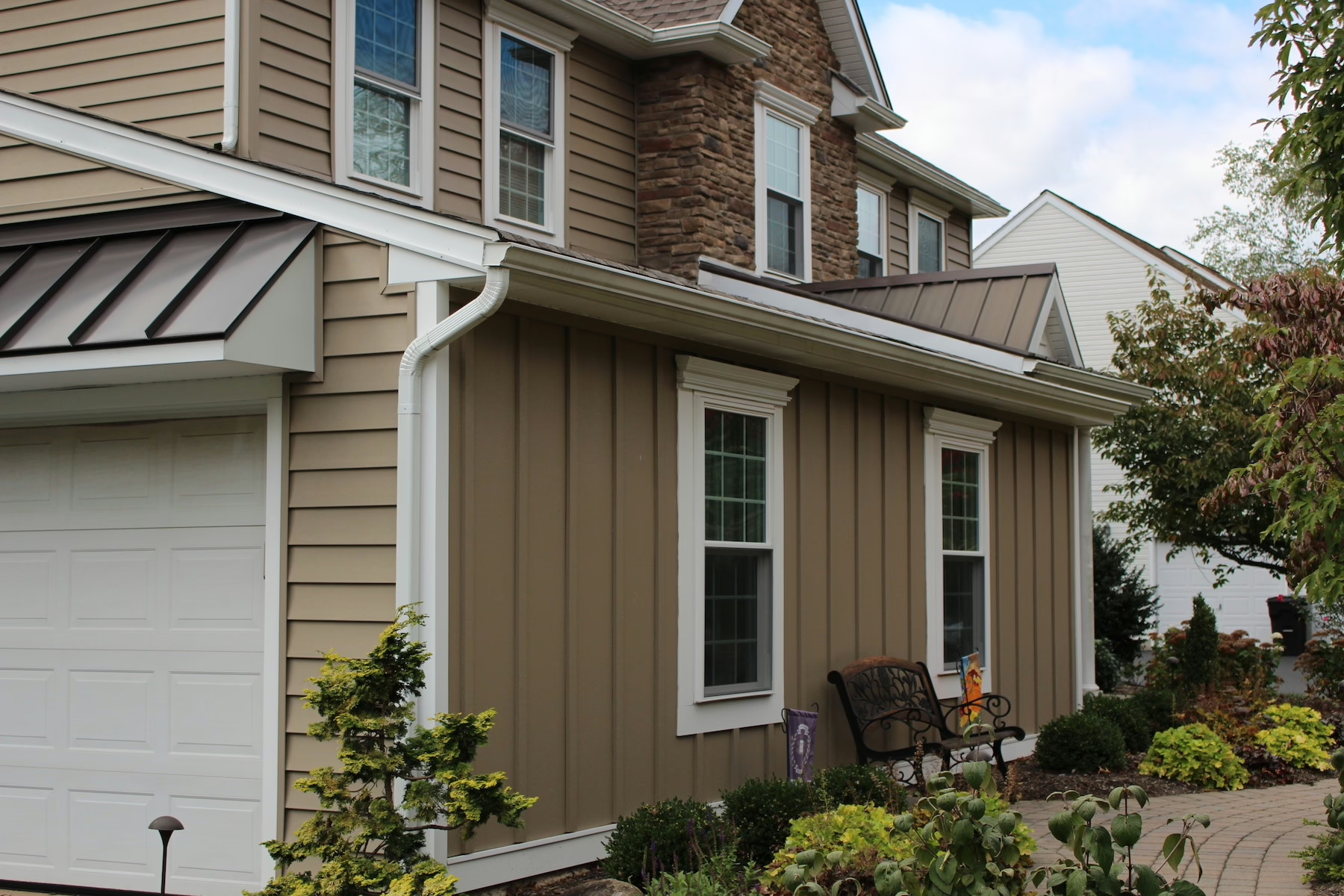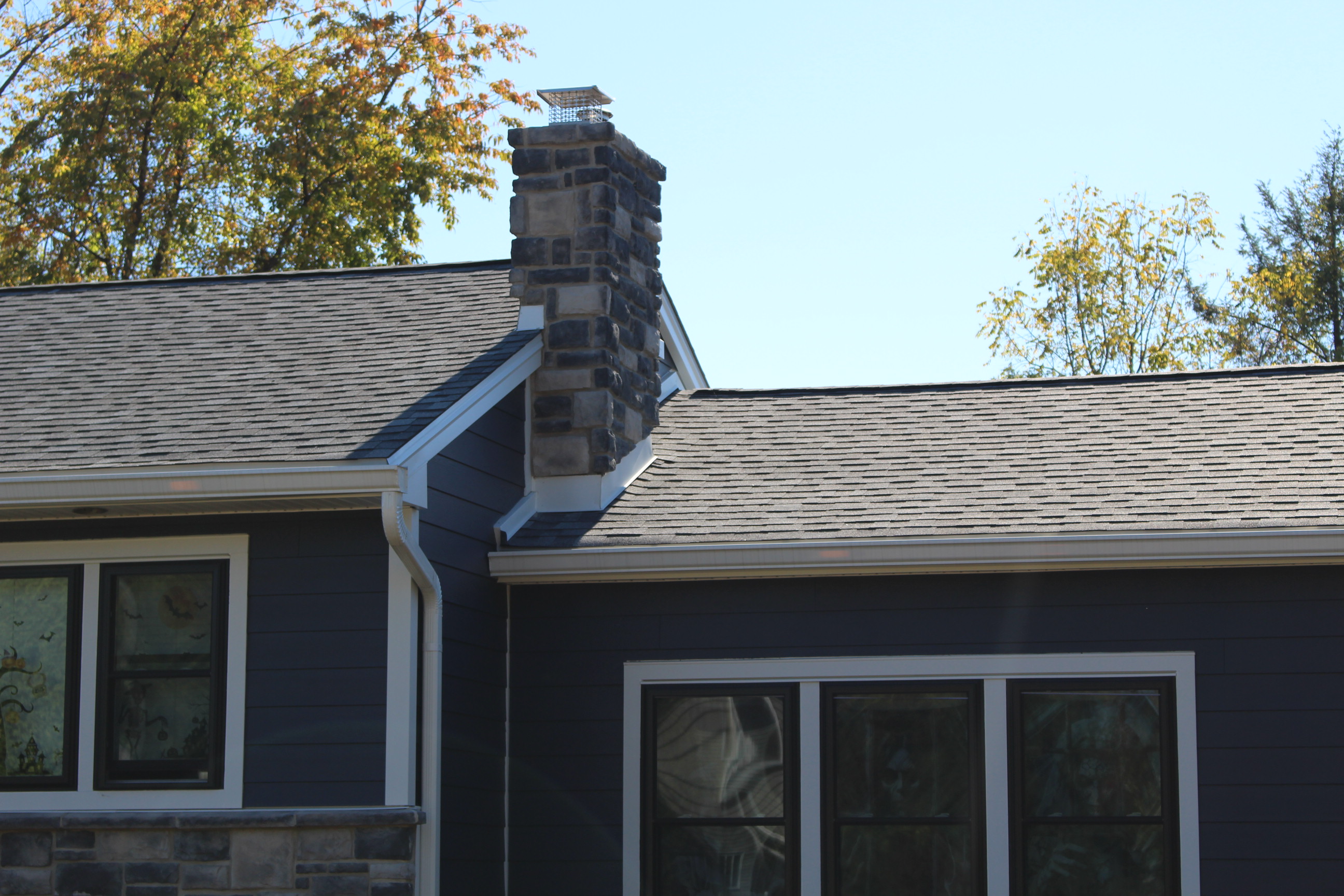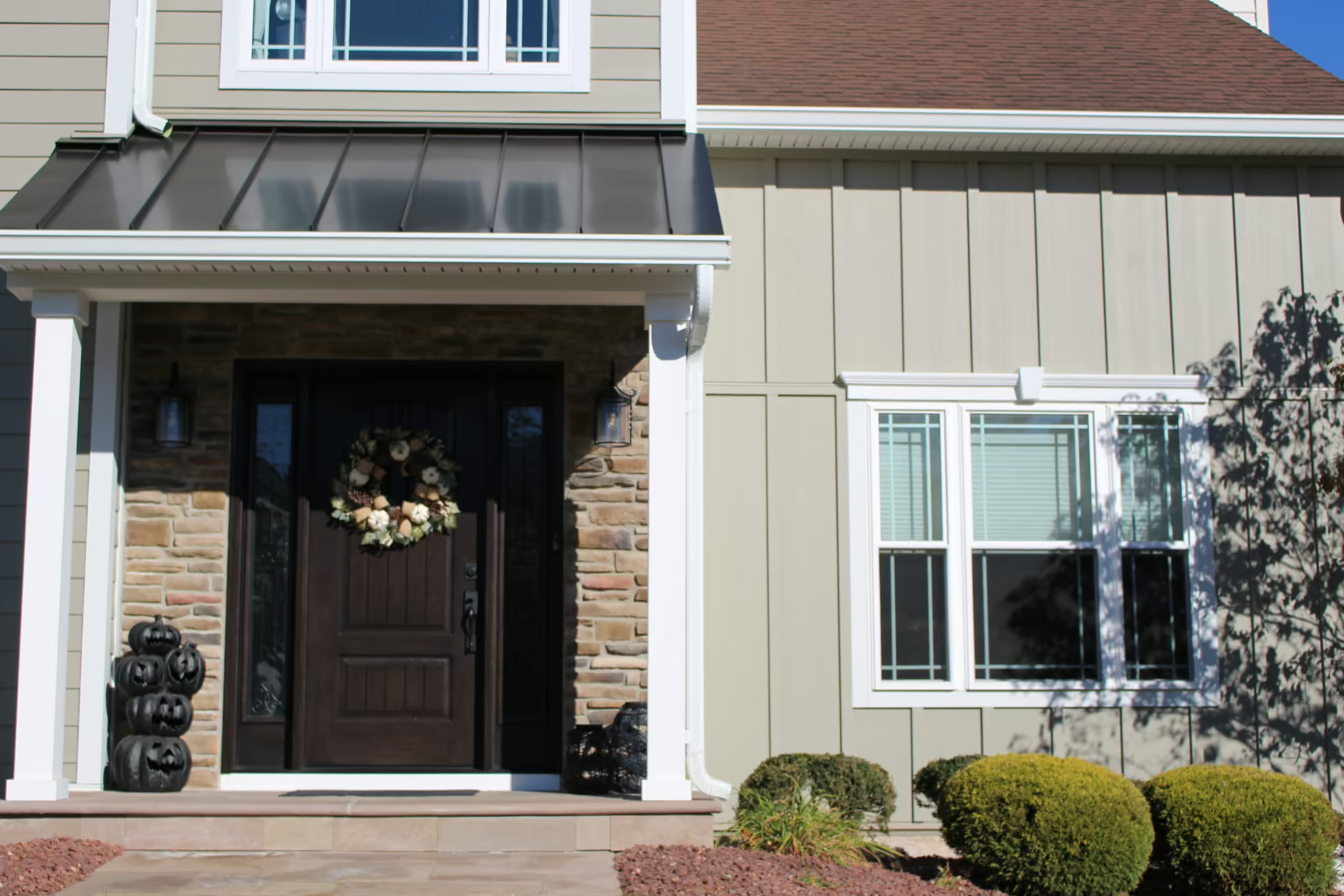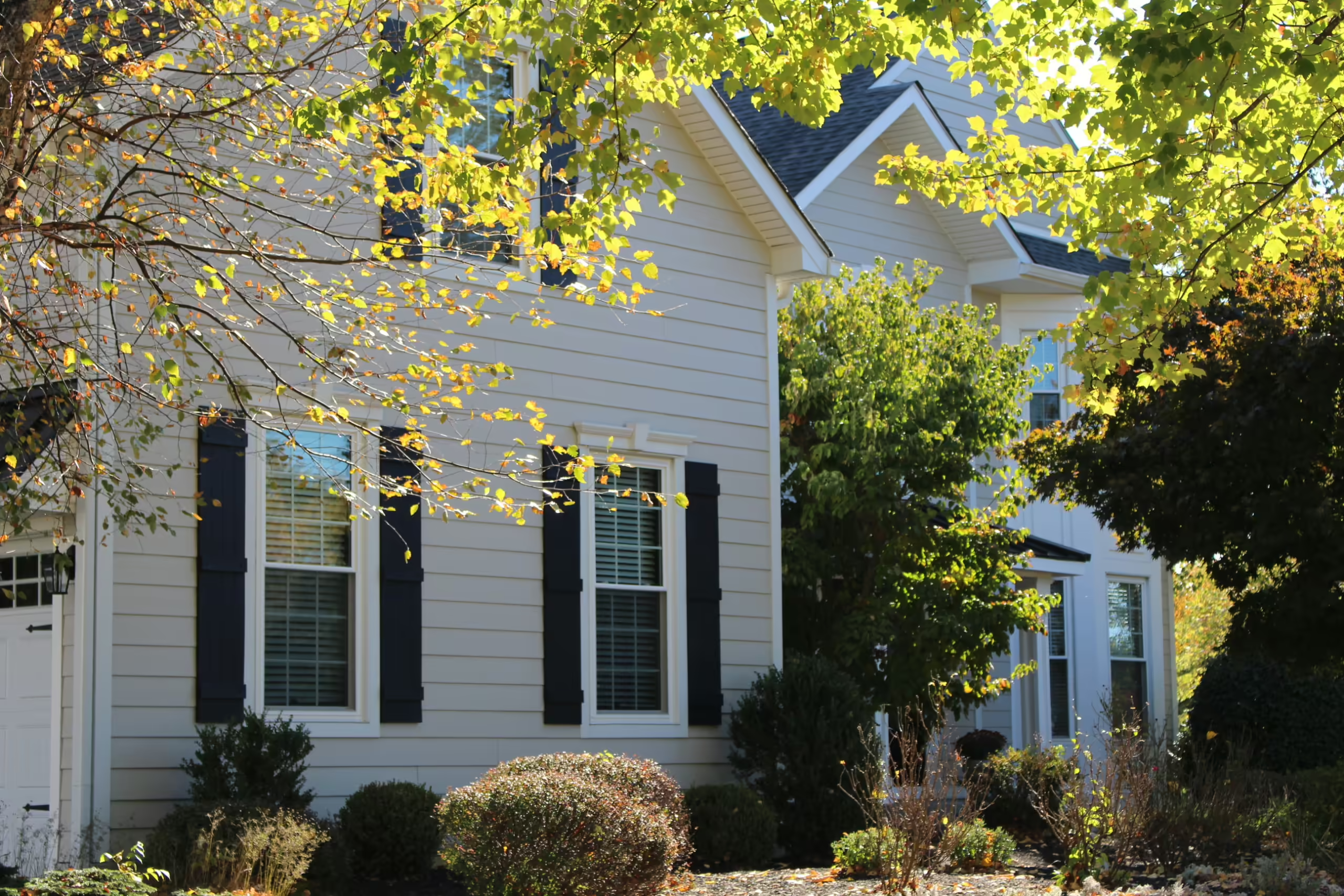There are common reasons siding becomes damaged and in need of repair or replacement. Familiarizing yourself with these can help you take steps to avoid these issues so your current siding will last.
Siding doesn’t endure forever, but there are things you can do to prevent problems. Read on to gain insight into some of the common reasons siding gets damaged, and what to do about it.
What Causes Siding to Get Damaged and What to Do about It
Why Siding Gets Damaged
1. Incorrect Installation
If the contractor who installed your siding didn’t have the proper experience or training, it will show up over time. Improper installation can cause siding to buckle, warp, and incur damaging moisture intrusion, leading to rot and mold.
What to do about it: Before you hire a siding contractor, take time to vet them carefully. Read their website, check out online reviews, and look at their Better Business Bureau and Angi ratings. Ask if you can see some of their recent projects, and talk with them as you get a written estimate. Make sure they are licensed and insured. And it’s pretty awesome if they have special training installing the siding material you desire. For example, James Hardie trains contractors to install their siding to ensure it is done properly.
2. Water Intrusion
Moisture is your siding’s enemy, and the longer you can keep it from invading—the better. If the contractor who installed your current siding didn’t install a waterproof barrier, you may deal with damage due to water intrusion. Additionally, if you have trees or shrubs that scrape up against your home, that scenario can pave the way for moisture damage.
Some siding materials are more prone to moisture damage than others. If wood siding isn’t well maintained, it can absorb water and lead to problems. You can spot moisture damage by looking for rot, mold, warping, buckling, or even algae on your current siding.
What to do about it: Have your siding professionally inspected if you suspect moisture damage. Prevent water intrusion by keeping your landscaping trimmed back away from your siding. Choose a water-resistant siding material like fiber cement when you have new siding installed.
3. Pest Infestation
If you have moisture intrusion, it can open the door to pest infestation because it compromises your home’s protective layer. Additionally, pest infiltration can occur simply because you have the type of siding that pests are looking for—to nest in and to eat.
Wood and vinyl siding are prime targets for critters like termites, carpenter ants, carpenter bees, and even woodpeckers. The biggest problem with woodpeckers is that they damage your siding and then return annually to do it again. So even if you repair it, they will be back to harm it.
What to do about it: If you have pest infiltration, contact a pest control company to have them exterminated, then contact a siding contractor to have siding repaired or replaced. The next time you have siding installed, simplify life by looking for a pest-resistant siding material like fiber cement. Even woodpeckers won’t harm it!
4. Severe Weather
Siding may be tough, but it’s not indestructible. Sometimes severe weather rips it right off a home, or peels it back and away from your house. Snow, ice, and extreme temperatures can damage siding over time. Hail may dent some siding materials.
What to do about it: When harsh weather hits, don’t just attend to your siding if big issues result. Address your siding if small issues resulted from the weather. Why? Because the small ones will grow if you ignore them.If major problems present themselves after a storm, contact a reputable contractor to have a trained eye take a look and map out where to go from here.
5. Faded Siding
The UV rays can cause your siding to fade over time. And if it becomes discolored in a way that detracts from its unified appearance, your home can look lackluster. Even if siding fades evenly, it can appear dull and dim your home’s curb appeal.
What to do about it: When you repaint your siding, invest in top-quality paint products that will last. If you hire a contractor to paint your home, ask for UV-resistant paint.
6. Home Exterior Damage
Your roof, gutters, and siding work together to safeguard your home from the elements. If your roof or gutters become damaged, it can negatively impact your siding—leading to moisture damaged siding.
What to do about it: Realize that your gutters may be small, but they have a big job: to channel water away from your home and prevent moisture problems. If your gutters or roofing becomes damaged, deal with it promptly.
7. Lack of Upkeep
While some siding materials have low maintenance, that doesn’t mean “no maintenance.”
What to do about it: You can avoid this problem by simply maintaining your siding over the years. Maintenance is an investment of your time and money, but it can save you in the long run. Preventing problems is one of the perks of regular maintenance.
What Causes Siding to Get Damaged and What to Do about It
How Often Should You Inspect Your Siding?
Spring, Fall, and After Major Storms
Make it a habit to take a careful look at your siding every spring, fall, and after severe weather hits. Check for evidence of moisture intrusion like rot, mold, or warping. Ensure paint is still sealing your siding well. Inspect joints around your windows and doors and between siding panels. And make sure caulking is not deteriorating. If it is, remove the old and replace it with new caulking.
If you see signs of problems with siding, have it professionally inspected. It’s always better to tackle problems when they are small. Ignoring them only gives them time to become more costly and time consuming to fix.
Get the Home Exterior Upgrades You Need with Preferred Home Improvement
You deserve to come home to a beautiful home with new siding installed by our pro team at Preferred Home Improvement that protects and beautifies. Take a moment to browse our featured projects and get inspired.



